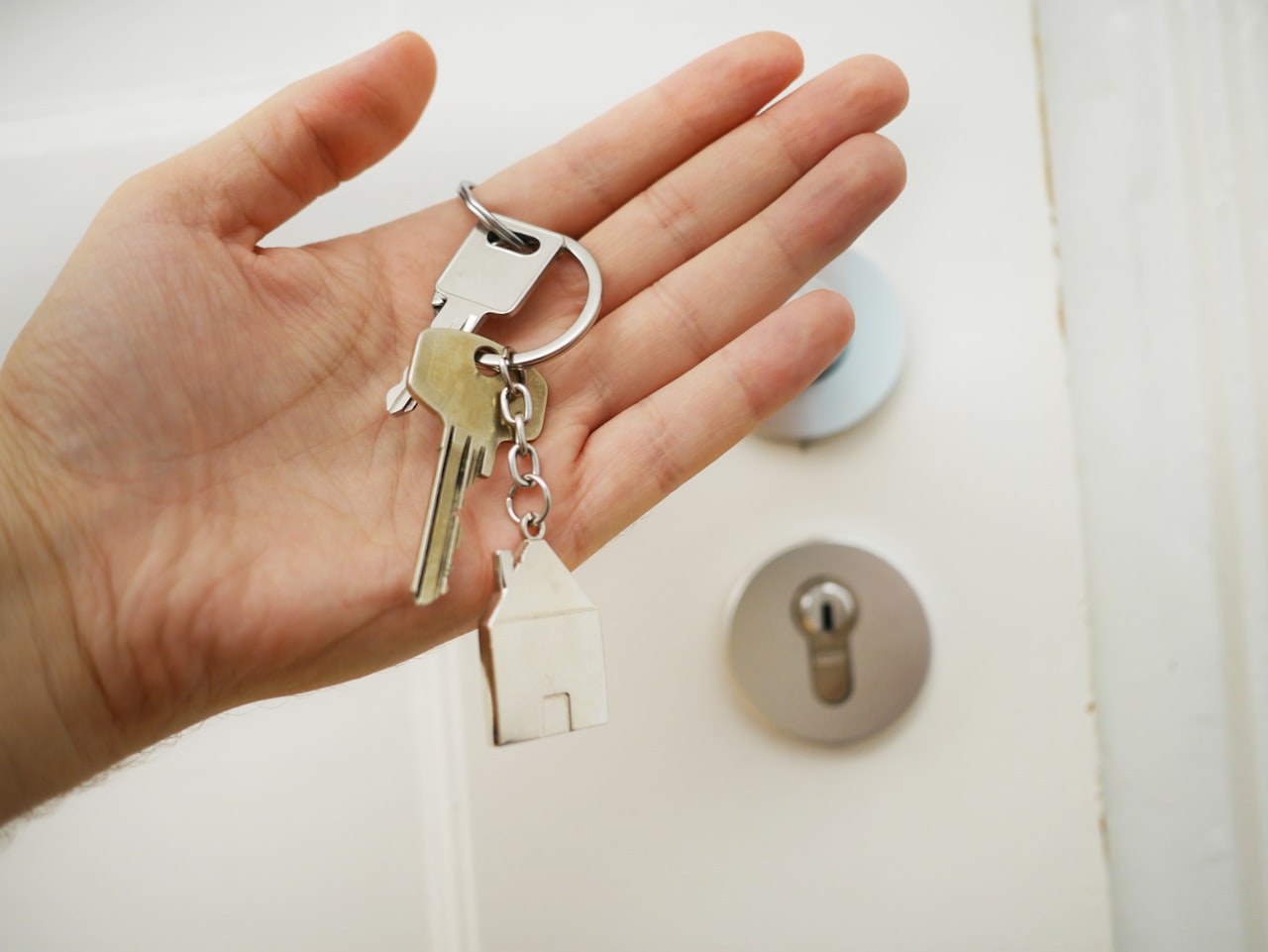The real estate market can often feel like a high stakes juggling act, especially when you’re attempting to buy a new home while selling your current one. This situation, while common, can be complex and requires strategic planning and execution. Here’s a guide to help you navigate the process of buying and selling simultaneously, ensuring a smoother transition to your next chapter.
1. Understand the Market Conditions
Before diving into the dual process of buying and selling, get a clear understanding of the current market conditions. Is it a buyer’s market or a seller’s market? In a seller’s market, you might find your current home sells quickly, but finding a new home could be more competitive. On the flip side, in a buyer’s market, purchasing a new home may be easier, but selling your existing one could take longer. Tailor your strategy to align with these conditions.
2. Get Your Finances in Order
One of the biggest challenges of buying and selling simultaneously is managing your finances. Begin by consulting with a mortgage lender to understand your borrowing capacity. Discuss options like bridge loans, which can provide temporary financial support if you buy a new home before your current one sells. Also, consider the equity in your current home and how it can be leveraged for your next purchase.
3. Hire an Experienced Real Estate Agent
Partnering with a knowledgeable real estate agent is crucial. They can provide valuable insights into pricing strategies, market conditions, and negotiation tactics. An experienced agent can also help synchronize the timing of your sale and purchase, reducing the likelihood of carrying two mortgages or needing temporary housing.
4. Plan for Contingencies
Build contingencies into your contracts. For sellers, a “sale and settlement” contingency can protect you from being obligated to sell your home before you’ve secured a new one. Conversely, a “purchase contingency” can be useful if you’re buying, ensuring you’re not committed to buying a new home until your current one sells.
5. Optimize Timing
Timing is everything when buying and selling homes simultaneously. If possible, try to align the closing dates for both properties to minimize disruption. If perfect alignment isn’t possible, explore options like rent-backs, where you can remain in your sold home for a short period after closing, giving you more time to transition to your new home.
6. Stay Organized
With so many moving parts, staying organized is key. Keep track of all important documents, deadlines, and schedules. Utilize tools and apps designed for home buying and selling to streamline the process and ensure nothing falls through the cracks.
7. Prepare for Emotional Ups and Downs
The process of buying and selling homes can be emotional. Be prepared for the highs and lows, and remember that patience and flexibility are essential. Keep your end goal in sight—a new home—and try to enjoy the journey, knowing it’s a step toward the next exciting chapter of your life.
In conclusion, while buying and selling a home simultaneously is a challenging endeavor, with careful planning and the right support, it can be a rewarding experience. By understanding the market, managing your finances, and working with an experienced real estate agent, you can successfully navigate this process and find your next dream home while securing a great deal on your current one.


























































